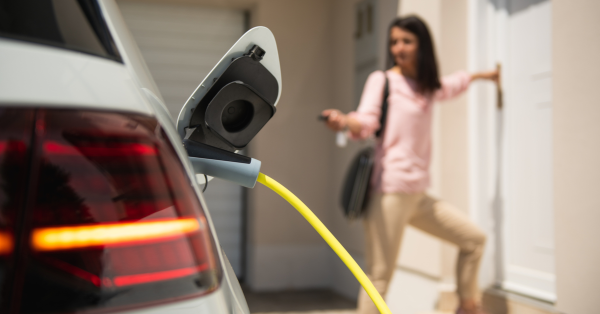The very idea of a L2 EV Service Equipment (EVSE) even having an Energy Star certification is kind of silly. I mean, I guess someone could put a 100W incandescent bulb in it and leave it on all the time or something, but the basic fact is a L2 EVSE does essentially nothing. It's just a passthrough, with a tiny bit of electronics to deal with the power level signaling. You'd be hard-pressed to design one with an overhead of more than a percent or so. It's like giving an Energy Star certification to an extension cord.
Okay, let's do the math. I see they give you 2.6 W of quiescent consumption, plus another watt for wi-fi or LAN, (or 2 W for cellular) plus a ridiculously complex calculation for the display if it has one. I guess that starts to matter if you use it hardly at all. The allowed overhead for a non-networked charger with no display is then 430 Wh/wk. Let's see, if you only drive 20 miles a week, at 250 Wh/mile (efficient vehicle only going low speeds), that's 5 kWh, so that's 8% of your usage. A typical one would probably see 5x that much use (with the same overhead), leading to less than 1% going to overhead. But I guess you could build something that uses 25 W if you were really bad at circuit design, which would indeed be a lot worse. But given that there's a limited number of testing engineers at the Energy Star office, I might not have bothered setting up parameters for EVSEs.



